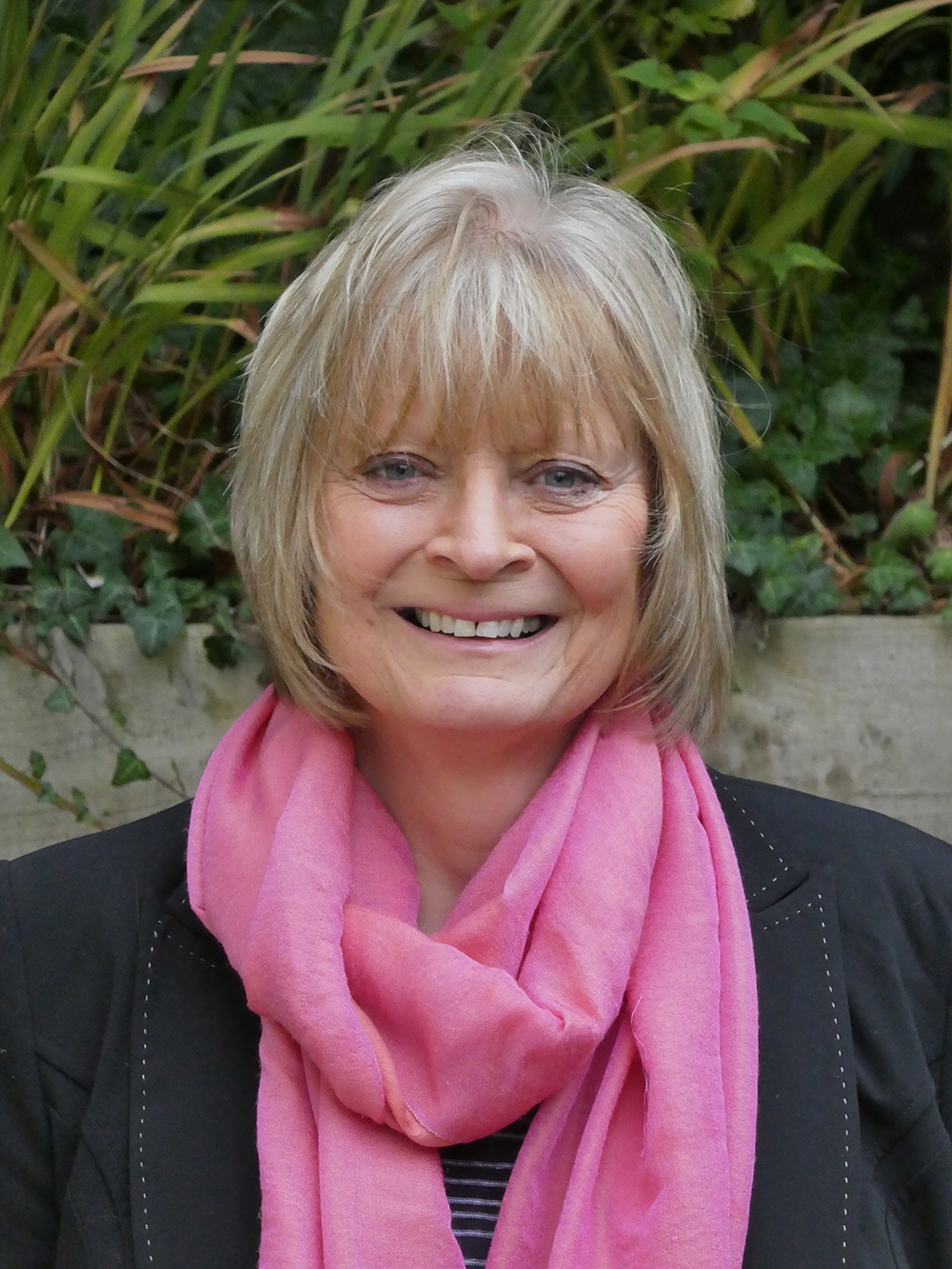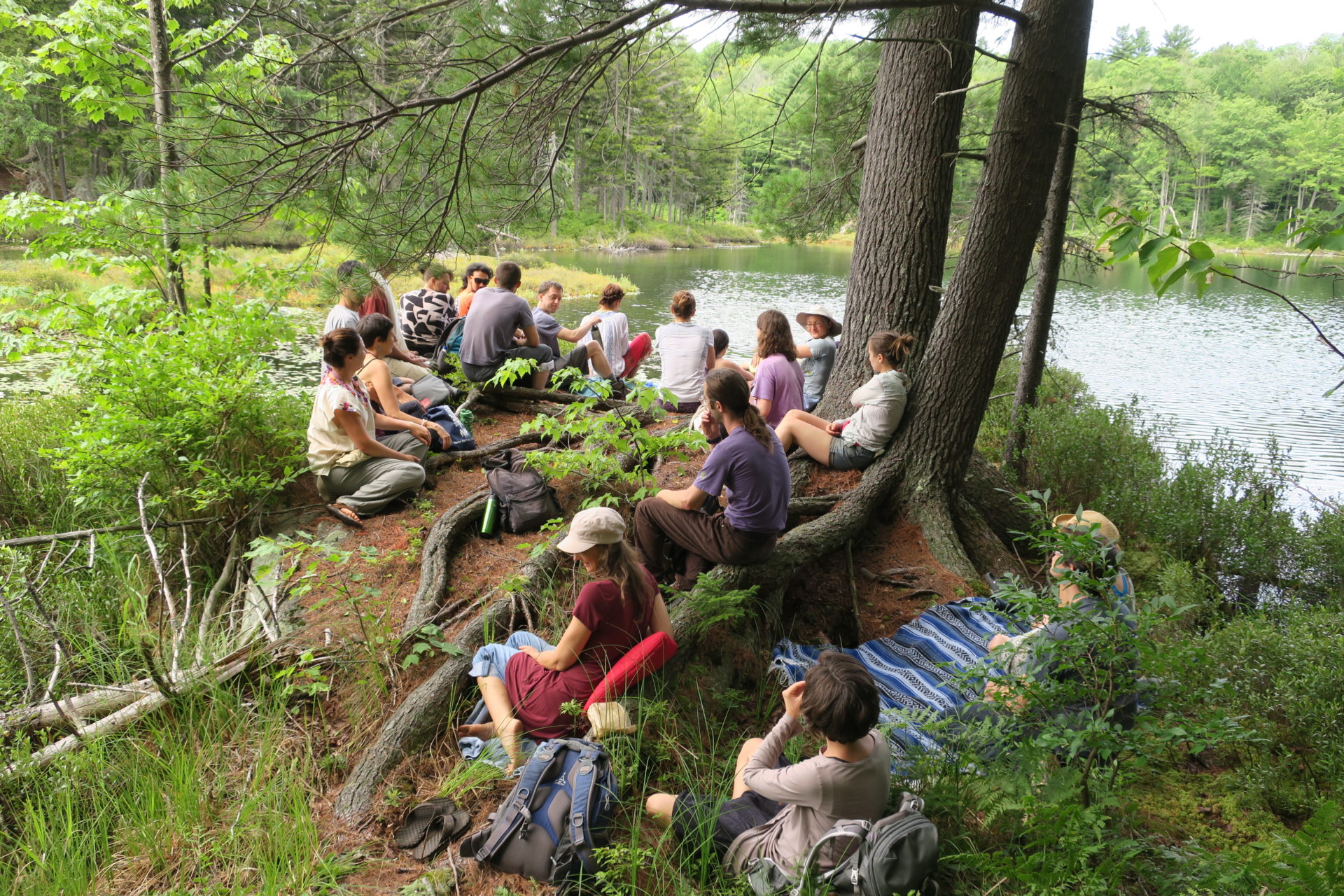Interview with Katherine Weare

Katherine Weare is Emeritus Professor at the University of Exeter and Southampton in the United Kingdom. Her long-term career has been in education, developing approaches to promoting well-being and addressing mental health problems. She is known internationally for her teaching, writing, public speaking, research, evidence review, and programme development on mindfulness and compassion for children/young people and those who care for them.
Interview with Katherine Weare

Katherine Weare is Emeritus Professor at the University of Exeter and Southampton in the United Kingdom. Her long-term career has been in education, developing approaches to promoting well-being and addressing mental health problems. She is known internationally for her teaching, writing, public speaking, research, evidence review, and programme development on mindfulness and compassion for children/young people and those who care for them. Katherine advises various mindfulness projects, including the UK Mindfulness in Schools Project and the UK government, on developing mindfulness and well-being. She is a trained and practising teacher of Mindfulness-Based Stress Reduction (MBSR), is on the board of Mind and Life Europe, and is studying with Bodhi College on its advanced Committed Practitioners’ Programme applying early Buddhism in a secular age.
Katherine is the joint author, with Thich Nhat Hanh, of Happy Teachers Change the World: A Guide for Cultivating Mindfulness in Education, published by Parallax Press in May 2017. She shared the following stories and insights in February 2017.
The Mindfulness Bell: You have worked with many organizations around the world to promote children’s mental health and emotional well-being. What were some of the life experiences or inner motivations that inspired you to do this work?
Katherine Weare: I think it’s just who I am and what I’m drawn to. Education is in my blood, and many of my relatives have been teachers. My first degree was in literature, and then I trained in drama, so it’s always been evident to me that people are whole, complex, living beings. When I became a teacher, that’s how I approached my students. After that, it just became the most fascinating topic in the world, and one which is in dire need of addressing, given the crisis in the mental health of youth today. And the people you meet along the way are (mostly!) a delight and keep you hooked in.
MB: Please share a little about how you began to practice mindfulness and what drew you to a certain tradition or way of practicing.
KW: I got into mindfulness because a local eight-week MBSR course helped get me past an episode of serious illness. I’d developed a painful, incurable autoimmune condition that prevented me from walking without serious pain. The painkillers prescribed for the condition didn’t help, and the condition was spreading. I took the MBSR course three times and developed a personal practice which I found generally transformative, not only for busting the condition, but for my whole life.
I decided to take early retirement from my job at the university and train as a mindfulness teacher, completing a two-year course to learn to teach MBSR. I then gradually integrated mindfulness into my existing freelance work promoting children’s well-being, working particularly with the Mindfulness in Schools project in the UK, teaching their approach and carrying out evaluative research of this approach in classrooms.
The training course I completed was taught jointly by University of Exeter staff and Gaia House in the southwest of England, a Buddhist centre in the Vipassana tradition. That was my starting point and I’ve practised in that tradition since. When I met up with the Plum Village community, their approach integrated pretty well with Vipassana, and with the teachings and practice of the Committed Practitioners’ Programme I was following with the Bodhi College on early Buddhist teachings for a secular society. It all goes together well.
MB: One of your areas of expertise is mindfulness in education. What are the most important ways mindfulness can help teachers, students, and school communities?
KW: By reminding us of the need to put the whole person at the centre of the educational process, not just the intellect. Many involved in education know this, but mindfulness can be the key to helping many of the “good things” educational professionals are trying to do anyway—such as social and emotional learning, citizenship, resilience, values, character education—actually take root. It cuts through all the words and intellectualising and gets us directly in touch with our hearts, spirits, bodies, and our everyday habits and responses. Then we have the power to transform them.
MB: What brought you to Thich Nhat Hanh and the Plum Village community? How did this connection lead to a collaborative book project?
KW: I was a stand-in for someone who could not attend the 2012 London educators’ retreat and was due to be on the panel. Before that, I knew nothing of Thay, bar some of his books. It was a wonderful experience, quite unlike any other, and when they asked for lay volunteers to help develop their educational work, I happily turned up in a room along with many others and we had a “blue sky” session, planning all kinds of fanciful things. There was already an idea for what was then a simple “recipe book” setting out the core practice teachers might use in classrooms, and a small group of laypeople and monastics was working on that. So I joined them and liked the experience. Then the ball started rolling and it grew into something much bigger and more ambitious. We describe the process in one of the first chapters in the book.
MB: Mindfulness in education is widely discussed worldwide. What’s unique and important about Happy Teachers Change the World: A Guide for Cultivating Mindfulness in Education?
KW: It’s a book unlike any other, I think, a fusion of the authentic Dharma with the practical world of teachers’ lives and their classrooms. No book, as far as I know, has started with the words of a Zen master rather than a curriculum and worked from there. At the other end of the process, the lived testimony of the many teachers who’ve been inspired by their contact with Thay and the Plum Village approach to transform themselves and their own contexts, is unique.
I think many readers will be involved in one of the many existing programmes in schools and some universities, and most will know Thay’s name, and may be interested to see what he has to say about education. I hope they’ll resonate with the broad vision of mindfulness we offer, as it’s about a good deal more than developing focus and attention. It’s also about relationships; interbeing; creating whole, caring communities; and taking ethical action in the real world.
Maybe all of us, but especially professionals and parents, need to be reminded of the core message that we start with ourselves, and use the guidance to inspire our own lives, and possibly build our own formal practice, rather than seeing mindfulness as something that we have to hurry to teach young people in order to “fix” them.
Maybe those, such as monastics and other Dharma practitioners, who practice mindfulness but are not teachers or parents, will focus particularly on the practical teaching notes and the testimonies of teachers to cultivate the insight that teaching mindfulness to young people in the world outside the retreat context requires classroom skills. Some students may find mindfulness to be boring and alien, and teachers must start where they are and find ways to make it fun, lively, and relevant to the lives of their students.
MB: How do you suggest educators, administrators, and parents make best use of the book?
KW: People will take from it what they want and need, so there is no knowing how it will impact. It’s always fascinating to see how different people relate to what you write. We hope it has a wide readership.
I hope most people will read it all through once and get the total, interconnected vision we are presenting, and won’t just pick out bits to use in their classroom. We’ve written it as a continuous narrative rather than a textbook or classroom curriculum manual, so I think the format will encourage people to read it all through. Then they can take from it what is most inspiring or useful for them.
MB: Based on your research on mindfulness programs in schools, what is one of the most effective mindfulness practices for teachers to use in their classrooms?
KW: Never forget you are the main teaching aid, so first and foremost practice yourself—before the lesson, at moments in the lesson when you need grounding—to be present for your students.
After that, when teaching students, practising the simple short exercises with them is the way to start—listen to the bell, follow the breath, be a mountain. When these are practised regularly and then at times of stress and anxiety, young people find them very grounding and calming. For a longer one, pebble meditation is lovely, especially for younger students. Having actual pebbles for students to move and hold helps to anchor the practice and provides a sense of solidity and safety.

